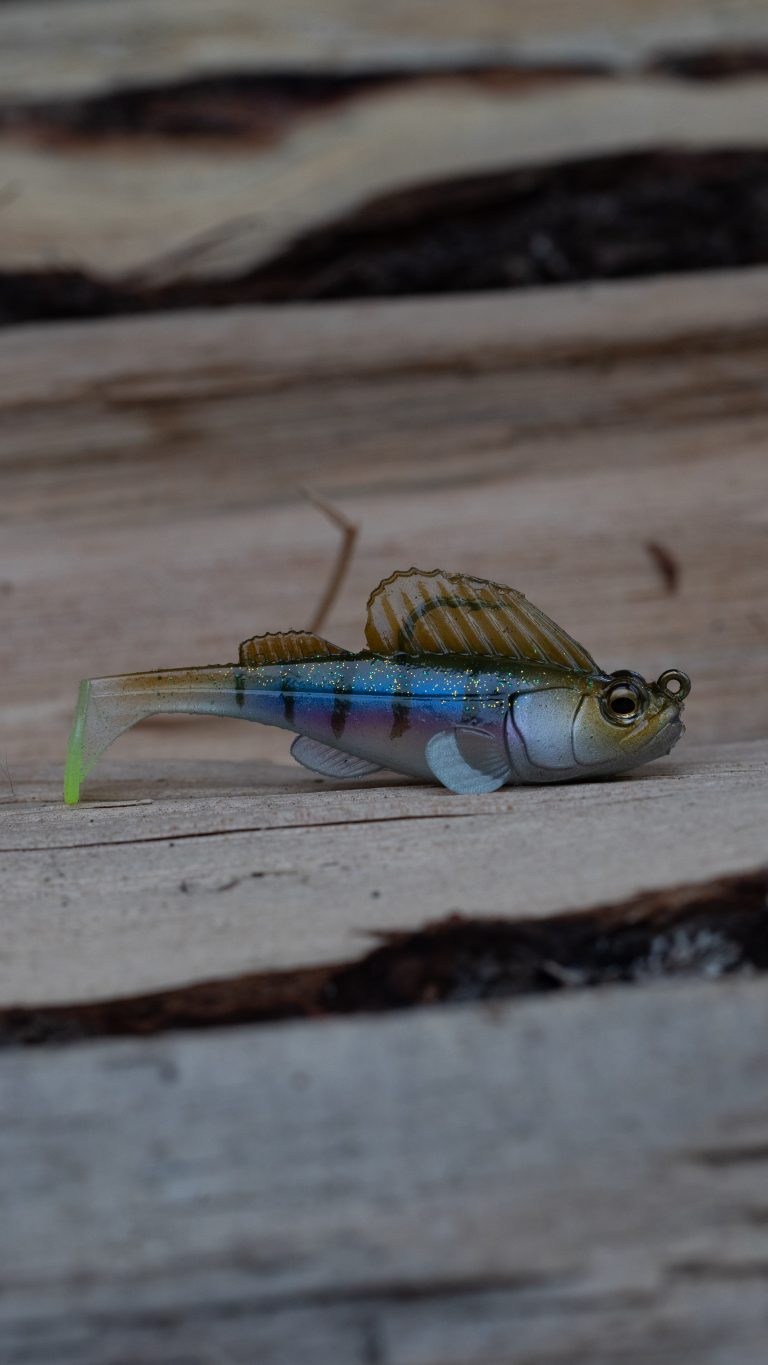Master These Early Winter Jerkbait Fishing Techniques
Without a doubt, jerkbait fishing is one of the most difficult techniques to master. Since jerkbaits rely on the angler to impart the strike-triggering action and conditions are constantly changing, anglers must consider and master an—at times daunting—list of variables to find success.
Seasonality
One of the top variables in jerkbait fishing is of course seasonality, which is the topic of this early winter jerkbait fishing post.
As with any seasonal pattern, bass movements are triggered by water temperature to a large degree, and how those water temperatures trigger and position bass will vary with the geographical location you are in.
But one key remains in terms of what defines early winter jerkbait fishing: look for when the water temperature reaches a point that is about 7-10 degrees above the coldest annual temperature in the region.
For example, in the Missouri Ozark region lakes, considered by many to be the birthplace of modern jerkbait fishing, early winter jerkbait fishing begins in December when the water temperatures are in the mid to upper 40’s. By mid-January, water temperatures in that area can approach 38-42 degrees, which signals the dead of winter in the Ozarks.
Three Driving Factors
- Bass often relate to transition areas
- Bass are often suspended or on the bottom
- Bass are scattered—cover as much water as possible!
Unlike the middle of winter, where rocky points play a key role, target transition areas of rock, sand, mud or grass.

Proper Depth
Bass will be nearly evenly split between suspending in the water column and holding to the bottom. Use your sonar to find the target depths they are at and choose the jerkbait that will get you close to that range. Remember, depending on the water clarity you can pull bass up from the depths, so don’t be afraid to work a jerkbait above target bass. Just slow it down so they have time to catch it!
If you don’t have sonar or are working the bank, start with a versatile, long-casting option like the Oneten Max LBO. It’s bigger profile will get more attention, plus its upgraded LBO II balancer system powers the longest casting distance in the Megabass jerkbait lineup, maximizing the water you can reach from shore.

Versatility with Bait Changes
If you aren’t able to call them up to the Oneten Max LBO’s 5-7ft range, move to the Oneten+1 and Oneten+2, which dive to 9-12ft and 12-15ft, respectively.
One of the things you will find in early winter jerkbait fishing is that bass are scattered a bit more than during the dead of winter. Therefore, it’s important to cover as much productive water as possible.
While the original Vision Oneten is always an excellent choice, in the early winter timeframe, the Oneten Max LBO is a go-to for many anglers. This is due to three factors: larger profile and action calls bass across greater distance; upgraded LBO II balancer system powers the longest casts in the Megabass jerkbait lineup to cover more water; target depth of 5-7ft is a key range in varied conditions.
Like with jerkbait fishing anytime, it is important to find out the speed and rhythm the bass want in early winter. Long pauses are usually not necessary during this time; a second or two is usually enough.
The ideal setup for throwing jerkbaits is the Megabass Orochi XX Jerkbait Special, which has a custom-designed taper to aid in precise rod work. Round the Jerkbait Special out with a high-speed baitcasting reel, and 8-10lb fluorocarbon line.
Now is the time to target transitions!







